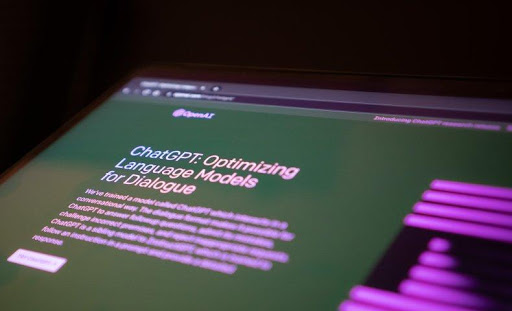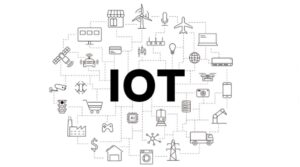Today’s executives are always looking for ways to help their companies and workers achieve progressively better outcomes. Artificial intelligence (AI) and machine learning are important tools for helping that happen, especially if utilized in strategic ways. What are some practical ways you can use these tools?
Boosting Productivity With Generative AI
“Employees can boost their productivity by up to 40% by using generative AI tools within the scope of the technology’s capabilities. However, their productivity can go down by 19 percentage points by using them outside such boundaries.”
Generative AI tools quickly captured the public’s attention, especially since many of them are free to use. However, as more people began using generative AI, the public realized that even though these products provide impressive results in some cases, limitations also exist.
A recent study indicated using generative AI tools within the boundaries of their capabilities is necessary for helping workers get the most out of them. The research revealed how productivity could improve by up to 40% for those who use generative AI compared to those who don’t.
However, the study also found that people who use AI for tasks outside the technology’s capabilities could see a 19% decline in their productivity. Another trend was that participants were likely to stop thinking critically and follow whatever the AI recommended.
The researchers recommended having an onboarding period where people can use AI under supervision and guidance, allowing them to see the use cases where the technology works well or falls short. That introduction can help them start imagining use cases where generative AI could make their jobs easier or cause more challenges.
Developing or Improving Products
“People designing integrated circuits made chips use nearly 9% less power by letting AI support humans’ decisions.”

Becoming competitive in a challenging marketplace means digging into the data and figuring out which products people want most. You can harness AI and machine learning to find trends in people’s preferences. What makes them prefer salty flavors to sweet ones? Are there regional differences to consider? AI algorithms excel at handling vast amounts of data that would be too hard for humans to quickly extract insights from without help.
One case from a few years ago involved food scientists using AI to determine the best meat-like flavors for plant-based imitations. More recently, employees at Coca-Cola relied on artificial intelligence to create a new soda flavor.
While AI and machine learning cannot replace human insights, these technologies can support people’s expertise. One example came when researchers explored bringing them into projects where workers designed integrated circuits. The results showed AI could improve a human-optimized creation, making it work even better than expected.
One approach achieved an 8.93% improvement in the chip’s power consumption. It involved human designers developing two iterations and then asking AI and machine learning to provide a third.
Bringing a new product to market isn’t easy, and doing it well requires many collective insights and efforts from experienced people. Fortunately, bringing AI and machine learning into the picture could help you get better-than-expected results and avoid common pitfalls or oversights.
Finding More Value in Company Data
“FedEx delivers 16 million parcels daily, and leaders hope feeding the associated data into AI tools will enable more accurate package arrival estimates”
Many businesses have tremendous amounts of data gathered during regular operations. However, only relatively recently have decision-makers started using that information wisely by letting it inform how businesses run.
For example, Toyota receives real-time supply chain data, allowing leaders to respond quickly to changes. When executives, assembly line managers and others can see inventory levels, production cycle lengths and other critical details, they can adapt to meet demand and avoid overstock. Feeding the data into an AI platform can allow people to identify trends in less time. Such capabilities help them make choices more efficiently and feel confident about them.
AI and machine learning are especially beneficial when many variables are outside an enterprise’s direct control or influence. Such is the case for parcel delivery companies. Aspects such as inclement weather or traffic backups could cause delays that even the most conscientious and proactive managers can’t fix.
However, leaders at FedEx are trying to change that. They’re applying AI to data associated with 16 million packages the company’s team delivers daily. The primary goal for now is to improve delivery time estimates. However, executives will also use the technology to predict carbon emissions.
What Does Redefined Performance Mean for Your Company?
These are just a few ways company leaders have found success by tapping into the potential of AI and machine learning. However, instead of copying these ideas and hoping for the best, take time to think about the most valuable performance enhancements for your business.
Artificial intelligence and machine learning are improving rapidly, but they are not foolproof. Understanding the limitations and investigating how to overcome or accept those obstacles will help people use them well.










